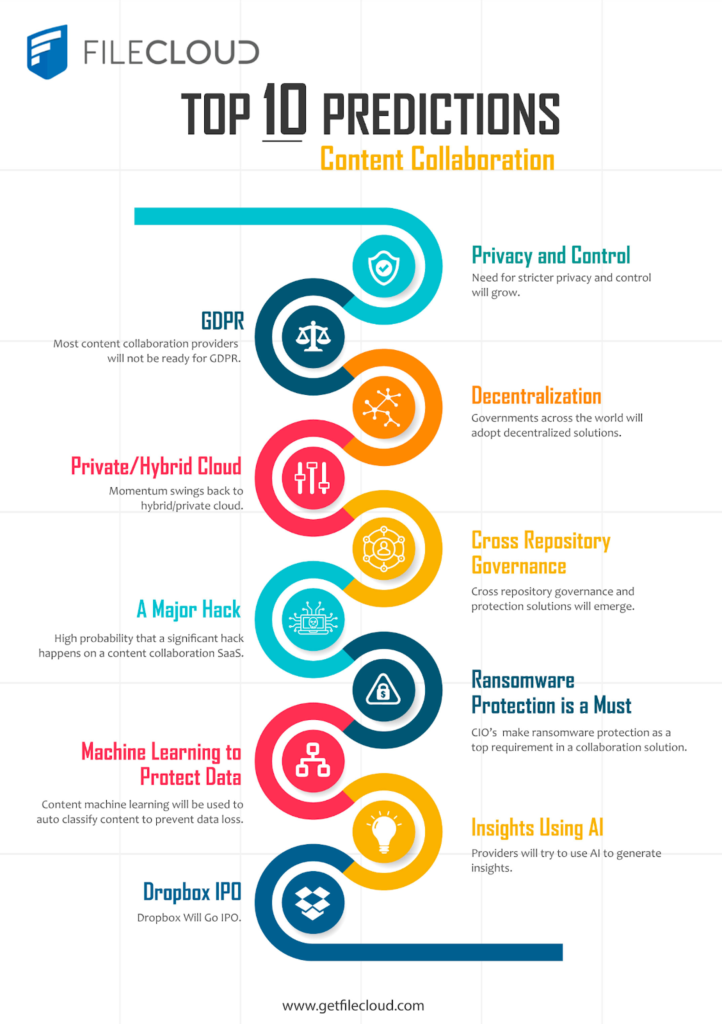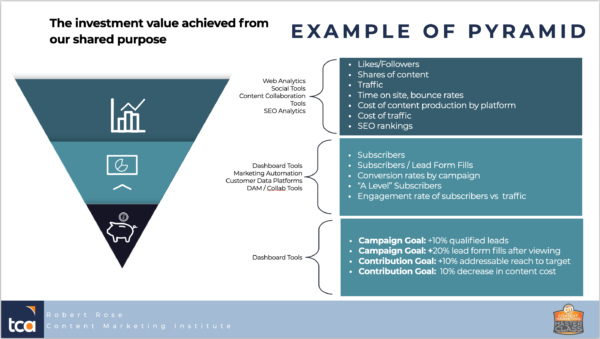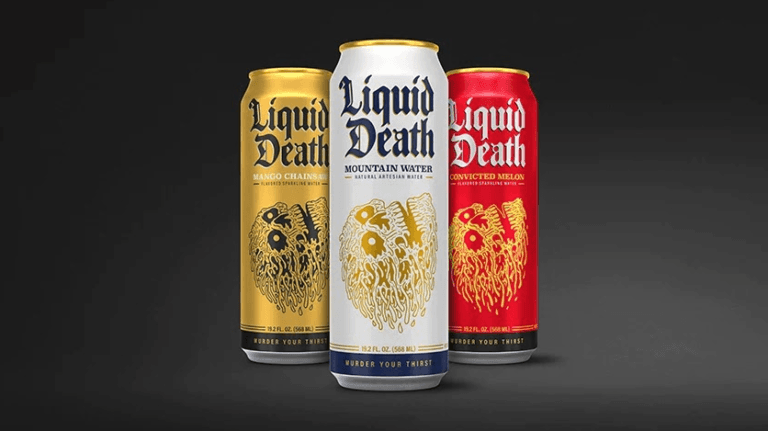5 Collaboration Metrics To Measure The Success Of Your Campaign

Table of Contents
- What is a Paid Content Collaboration?
- 5 Brand Collaboration Metrics
- Key Takeaways
- Conclusion
- FAQs
In 2021, digital engagement by brands looks very different than it did, in say 2005 or even 2015. Traditional digital advertising models have evolved, and brands are tapping into high-value content collaborations to connect with their target audiences. This is because trust, empathy, connection and authentic engagement are some of the core values that define organic consumer engagement, today, and brands want to get in on this action.
Consumers educate themselves via content and conversations, which then leads to commerce. According to Deloitte’s State Of the Consumer Tracker, 56% of Indian consumers engaged in at least one digital engagement activity with a brand.
These shifts have led brands to think more creatively. So, instead of merely placing banner ads across a bunch of digital media, smart brands partner with publishers, communities, social influencers, and other content creators to build high-value content campaigns.
Through these collaborations, brands get to engage meaningfully with existing consumers, while tapping into newer audiences. Another key advantage is that they can leverage pre-defined brand collaboration metrics to evaluate content creators before partnering with them.

What Is A Paid Content Collaboration?
The accelerated Internet economy has spawned a wide spectrum of dynamic, innovative content creators across the globe. Creators can comprise publishing platforms, social media influencers, bloggers and vloggers, and online communities. These creators have high organic traffic and engagement on their digital assets and a loyal following that is growing every day.
While brands can no doubt create content themselves, the ground reality is that the content created by professional content creators delivers a much higher value. It has a captive audience, sometimes even a cult following of sorts.
Secondly, content creators are often specialists in various domains ranging from personal finance, career advice, and lifestyle to beauty, fashion, and pet care. They know about their domains, use the correct language, and have a loyal fan following built on trust, seeded over time.
A brand leverages professional content creators’ digital reach and content creation abilities to build meaningful engagement and reach their target audiences in a paid content collaboration.
Here are some examples of collaboration. Say a natural makeup brand is launching a new product and wants to promote it. The brand may partner with a beauty influencer as part of the launch campaign. Here’s another example. Say a technology employer wants to attract more women in tech to join their team. They may partner with an online women’s career community to talk about opportunities leading up to Women’s Day.
While branded paid partnerships are growing in popularity, brands struggle with identifying the right content creators to partner with. The number of content creators has shot up in the last two to five years. Establishing clearly-defined Key Performance Indicators (KPIs) helps brands discern authentic creators from fly-by-night viral sensations more clearly, who may garner a large number of “fake” followers.
Below we outline KPI metrics to measure collaboration potential before signing up with a content creator partner. Knowledge this increases the potential to drive higher ROI for the monies spent.
5 Brand Collaboration Metrics
The outcome of every campaign may be different. The success of a campaign will depend on what the brand seeks as an outcome. For instance, is it looking to build awareness of an upcoming event, grow its social media following, or drive traffic to its website?
Content creators are consistently building value through their digital assets, and evaluating them carefully, is key to partnering with the right content creators. Here are five collaboration KPI examples that are relevant across most potential partnerships.

1. The flavor of engagement
Consumers today are looking for inspiration, ideas, information, and engagement. They want to have conversations, ask questions, and build relationships. While likes are a great metric to judge any digital asset by, whether a post or blog, a more authentic metric is to look at engagement. This can include comments, retweets, social shares, and mentions by followers. This is because likes can be bought; however, authentic engagement is hard to forge. Regarding quantitative metrics, look at the engagement rate, which clearly establishes whether an influencer’s following is active or dormant, and you definitely don’t want to pick the latter.
2. The right following
In the case of social influencers, look at the ratio of followers to those being followed by the influencers. You want to pick influencers with a follow ratio of 10 or above. This means that they have 10 times more followers than the number of people they follow.
A follow ratio of 1 is not great, as it means that the influencer follows the same number of people that follow them. Of course, if you are looking at a platform such as LinkedIn, you may consider a different philosophy, especially if it is a niche campaign. Here, you can look at the followers’ profiles instead of pure numbers.
3. Quality of branded content
Look at previous branded campaigns done by the content creator, whether it is a blog, social media post, or video. Evaluate the quality of their past work and the messaging – are they able to effectively plug the brand, get the messaging right, create the right vibe? These nuances are extremely important for a brand when building a content partnership, as it ensures that your brand and its message are projected in the right way.
4. Follower growth trajectory
You want to partner with content creators showing consistent growth through regular posting and innovative storytelling. You don’t want to partner with those who have wide spells when they don’t post, or get sluggish, with exceptions, of course (even social influencers need their breaks!).
Today, there are various tools to help calculate the follower growth percentage. A growth rate of between 5 and 8 % per month is a good metric to go by.
5. Domain savviness
As a brand, you want to partner with platforms and influencers who are connected with your domain somehow. For instance, beauty brands can partner with celebrities, beauty, fashion, and personal care influencers. Depending on the campaign’s focus, they can also occasionally partner with prominent women who may not be directly connected to the beauty domain.
Sometimes brands can also think a little out-of-the-box when picking a content partner. For instance, if your brand sells insurance and wants to reach a younger demographic, you may want to partner with Gen Z influencers who are financially conscious, even if that’s not the main focus of their conversations. Finding the right fit is key to success, and sometimes it demands reimagination to keep things fresh.

Key Takeaways
- Traditional digital advertising has given way to high-engagement content and conversation-driven campaigns.
- Brands are now leveraging partnerships with content creators to connect with target audiences and reach new audiences.
- Paid content partnerships are growing as a vehicle for brands to build campaigns that can be measured and deliver results that align with business outcomes.
- When zeroing in on content creators, brands can leverage 5 brand collaboration metrics – engagement, follow-follower ratio, follower growth trajectory, quality of branded content, and domain savviness.
- Some examples of collaboration partners include content publishing platforms, social media influencers, bloggers and vloggers, and communities.
Conclusion
Paid content partnerships can be a powerful vehicle to further a brand’s business objectives and build a strong connection with its target audiences. However, digital marketers and brand managers are advised to leverage KPI metrics to measure collaboration potential for a successful engagement with content creators.
FAQs
The cost varies widely based on the social equity of the content creator. For instance, collaboration with a celebrity comes at a premium instead of non-celeb social influencers. Get several quotes before making a decision.
Trust is the core value based on which a content creator’s equity grows. However, putting a quantitative value to it makes it more measurable. Brands can leverage quality score tools that factor in a range of KPI collaboration metrics. Compare results with existing benchmarks.
You can compare brand collaboration metrics such as engagement, quality score, and follower growth trajectory with the original scores once the campaign concludes. Additionally, set specific outcomes ranging from impressions and activities covered in the partnership.
Trust is a key currency that influences consumers when they make a purchase decision. Content creators build trust over a period of time and amass a wealth of organic followers and traffic. Paid content partnerships ride on the trust built by the creator while also leveraging their content-building capabilities to deliver high-value, engaging content.
It helps when the content creator you partner with is familiar with your brand and its offering and aligns with the brand’s values. This alignment paves the way for authentic, relevant content and conversations. Content creators then act as de facto ambassadors of your brand; rather than hard-selling a narrative to their followers they tell a story they really believe in.
Latest Blogs
Explore how Google’s 2025 AI search updates triggered ranking chaos. Learn actionable strategies to adapt your SEO for AI Overviews, zero-click searches, and SERP volatility. Stay ahead now.
Learn how to rank on AI search engines like ChatGPT, Perplexity, and Gemini by optimizing your content for authority, structure, and relevance. Stay ahead in AI-driven search with this strategic guide.
Explore the best healthcare SEO services for your medical practice. Improve online visibility and effectively reach more patients in need of your services.
Get your hands on the latest news!
Similar Posts

Data and Studies
7 mins read
5 Content Marketing Case Studies That You Can Take Inspiration From

Data and Studies
5 mins read
Unhinged or genius? Deconstructing Liquid Death’s Marketing Strategy

Data and Studies
6 mins read